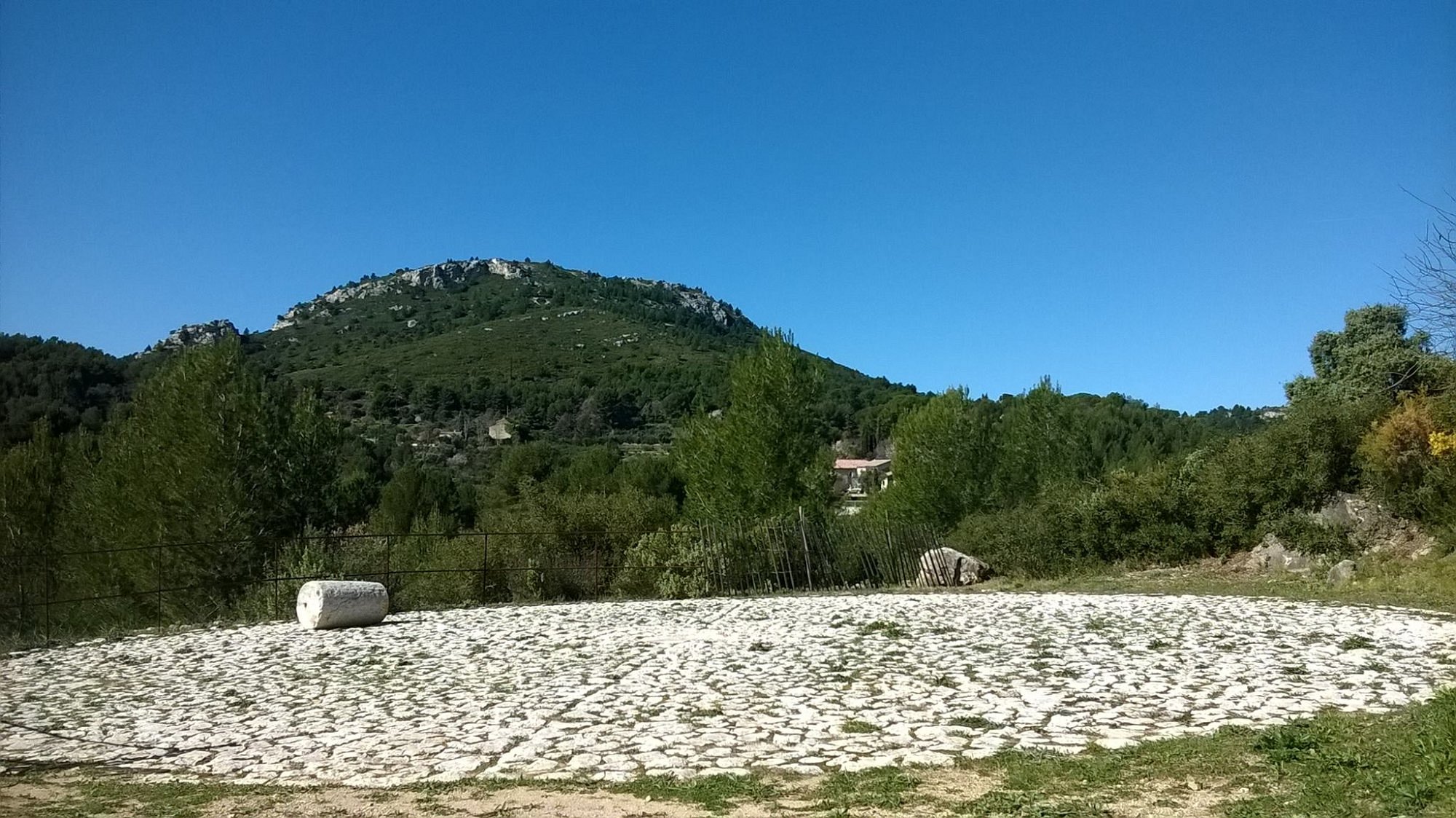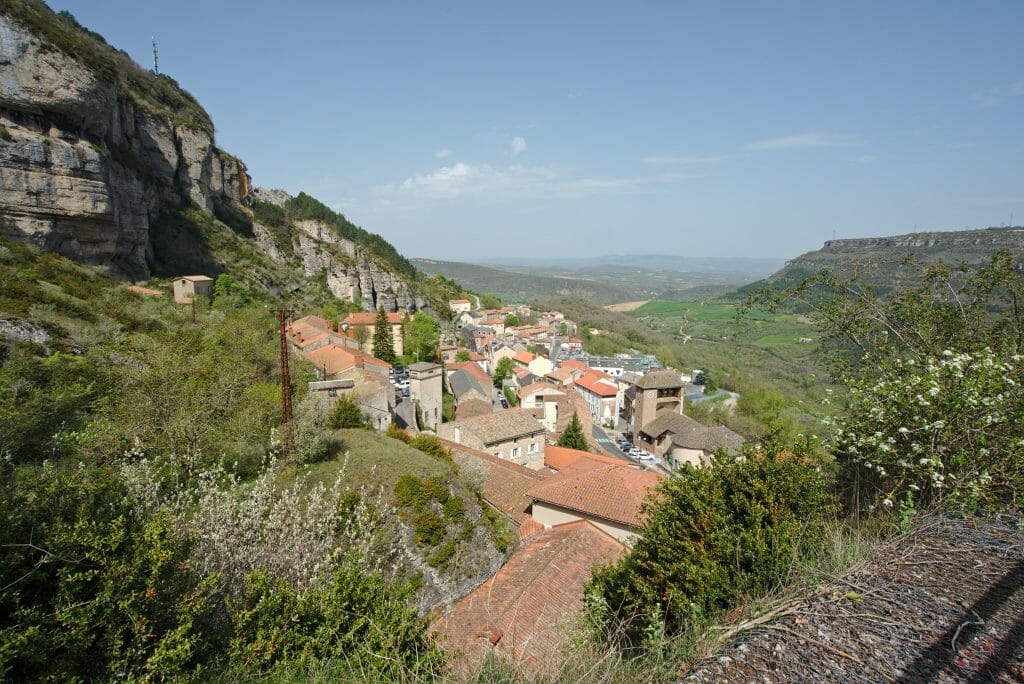Aubagne: Where Provence's art and traditions are preserved
In the heart of Provence, where the fragrance of lavender mingles with the warmth of the Mediterranean sun, a charming town awaits discovery. Nestled between rolling hills and azure skies, this picturesque locale captivates visitors with its rich history, vibrant culture, and enduring artistic legacy. Welcome to Aubagne, a place where tradition and creativity intertwine to create a tapestry of Provençal life.

A Canvas of History
The roots of Aubagne can be traced back to ancient times, with evidence of human settlement dating to the Neolithic period. Over the centuries, the town has been shaped by various civilizations, from the Romans to the medieval lords who built the imposing castle that once stood guard over the valley.
As one wanders through the old town, the echoes of history can be felt in every cobblestone and weathered facade. The narrow streets wind their way past centuries-old buildings, each telling a story of the town's evolution. The Place de l'Horloge, with its iconic clock tower, serves as the beating heart of Aubagne, where locals gather to exchange news and visitors pause to soak in the authentic Provençal atmosphere.
A Literary Legacy
Aubagne's fame is inextricably linked to one of France's most beloved authors, Marcel Pagnol. Born in the town in 1895, Pagnol's works captured the essence of Provençal life and brought international recognition to this corner of France. His childhood memories, immortalized in novels such as "My Father's Glory" and "My Mother's Castle," paint a vivid picture of early 20th-century Aubagne and its surroundings.
Today, Pagnol's legacy is celebrated throughout the town. The Petit Monde de Marcel Pagnol, a museum dedicated to the author's life and works, offers visitors a chance to step into the world he so lovingly described. The surrounding hills, where young Marcel roamed and which feature prominently in his stories, can be explored via well-marked hiking trails, allowing modern-day adventurers to follow in the footsteps of Pagnol's characters.
The Art of Santons
Aubagne's artistic spirit is perhaps best exemplified by its long-standing tradition of santon-making. These small, hand-painted clay figurines, depicting various characters from Provençal life, are an integral part of the region's Christmas traditions. The craft of santon-making has been practiced in Aubagne for generations, with artisans passing down their skills from parent to child.
Visitors to Aubagne are often surprised by the intricacy and diversity of these miniature works of art. From shepherds and lavender sellers to the more whimsical figures of local folklore, santons capture the essence of Provençal culture in miniature form. The town's numerous workshops and the annual Foire aux Santons (Santon Fair) provide ample opportunities to admire and acquire these unique souvenirs.
A Celebration of Clay
Beyond santons, Aubagne boasts a rich tradition of pottery and ceramics. The town's relationship with clay dates back centuries, nurtured by the abundance of high-quality clay in the surrounding hills. Today, this legacy is kept alive by a thriving community of artisans who continue to create both traditional and contemporary pieces.
The Argilla festival, held annually in August, transforms Aubagne into a vibrant showcase of ceramic art from around the world. Streets and squares are filled with exhibitions, demonstrations, and workshops, attracting artists and enthusiasts alike. This celebration of clay not only honors Aubagne's heritage but also positions the town at the forefront of contemporary ceramic artistry.
A Taste of Provence
No visit to Aubagne would be complete without savoring the flavors of Provence. The town's markets burst with local produce, from sun-ripened tomatoes and fragrant herbs to golden honey and pungent cheeses. Olive oil, a cornerstone of Provençal cuisine, is produced in the surrounding groves, its fruity notes enhancing dishes across the region.
Local restaurants serve up traditional fare with a modern twist, allowing diners to experience the best of Provençal gastronomy. Whether enjoying a leisurely lunch on a sun-dappled terrace or indulging in a multi-course dinner featuring local specialties, the cuisine of Aubagne offers a delicious journey through the flavors of the Mediterranean.
Nature's Playground
While the town itself captivates with its charm and culture, the surrounding landscape beckons to be explored. The Garlaban massif, immortalized in Pagnol's works, offers hiking trails with breathtaking views of the countryside and the distant Mediterranean. The nearby Calanques National Park, with its dramatic limestone cliffs and crystal-clear waters, provides a stunning contrast to the gentle hills of Aubagne.
These natural wonders not only serve as a playground for outdoor enthusiasts but also inspire the artists and craftspeople of Aubagne, their beauty reflected in countless works of art and literature.
A Living Heritage
As the sun sets over the terracotta roofs of Aubagne, casting a golden glow across the town, one can't help but feel a sense of timelessness. Here, in this corner of Provence, traditions are not merely preserved but lived. The artistry of santon-making, the legacy of Marcel Pagnol, the celebration of ceramics – all these elements come together to create a vibrant, living heritage.

Aubagne stands as a testament to the enduring spirit of Provence, a place where the past informs the present and where creativity flourishes under the Mediterranean sun. For those seeking an authentic experience of Provençal culture, Aubagne offers a rich tapestry of history, art, and natural beauty, inviting visitors to become part of its ongoing story.
As your journey through Provence continues, you might find yourself drawn to the vibrant energy of Marseille, where the Mediterranean spirit takes on a more urban flair, complementing the tranquil charm of Aubagne.
Related articles
Show all
The 15 best things to do in Roquefort-sur-Soulzon
Tucked away in the rugged landscape of southern France, a small village stands as a testament to centuries of culinary tradition and natural wonder. Here, beneath limestone cliffs and winding streets, visitors can uncover a world where cheese reigns supreme and ancient caves hold secrets passed down through generations. This hidden gem offers a unique blend of gastronomic delights, stunning scenery, and rich history that can be savored by all who venture to explore its charms.
Millau - FRANCE

Best 15 things to do in Nancy
In the heart of northeastern France, a city steeped in history and adorned with architectural marvels awaits discovery. Once the capital of the Duchy of Lorraine, this elegant metropolis captivates visitors with its UNESCO-listed squares, ornate palaces, and vibrant cultural scene. From admiring Art Nouveau masterpieces to savoring local delicacies, an array of experiences can be enjoyed in this enchanting destination.
Nancy - FRANCE

The top 15 things to do in Le Havre
France's northern coast has long been admired for its rugged beauty and rich maritime heritage. Among the jewels of this region, one city stands out for its unique blend of history, culture, and modern architecture. Founded in 1517 by King Francis I, this port town has been shaped by centuries of maritime trade, wartime destruction, and bold reconstruction. Today, it offers visitors a fascinating glimpse into both France's past and its vision for the future.
Le Havre - FRANCE

Top 15 things to do in Vichy
Nestled in the heart of France, a charming spa town awaits discovery. With its Belle Époque architecture, healing thermal waters, and rich history, this gem in the Auvergne region offers a unique blend of relaxation and cultural exploration. From grand parks to opulent opera houses, visitors can immerse themselves in a world where elegance and nature intertwine. Let's embark on a journey through the top 15 experiences that shouldn't be missed in this captivating destination.
Vichy - FRANCE

The 15 best things to do in Menton
The French Riviera has long been celebrated for its glamorous resorts and star-studded beaches. Yet, tucked away on the Italian border lies a gem often overlooked by the jet-setting crowd. With its pastel-hued buildings cascading down to the azure Mediterranean, this charming coastal town offers a quieter, more authentic slice of Côte d'Azur life. Here, the pace slows, allowing visitors to savor the simple pleasures of Provençal culture, from sun-drenched lemon groves to art-filled gardens.
Menton - FRANCE

Best 15 things to do in Rocamadour
Perched dramatically on a cliff face in the Lot department of southwestern France, a medieval village calls to those seeking both spiritual enlightenment and breathtaking natural beauty. For centuries, pilgrims have been drawn to this sacred site, their footsteps echoing through narrow streets and winding staircases. Today, visitors from around the world continue to be captivated by the unique blend of history, faith, and stunning landscapes that can be found in this remarkable destination.
Gourdon - FRANCE

 Home
Home Wishlist
Wishlist